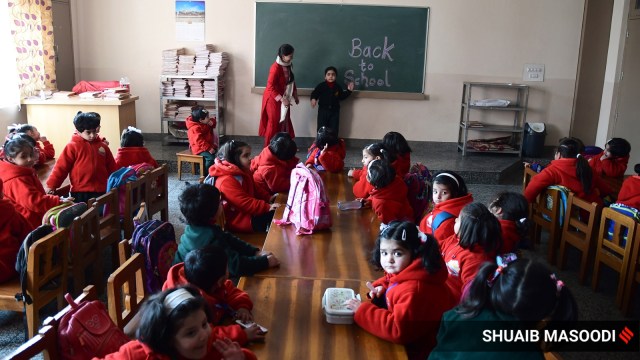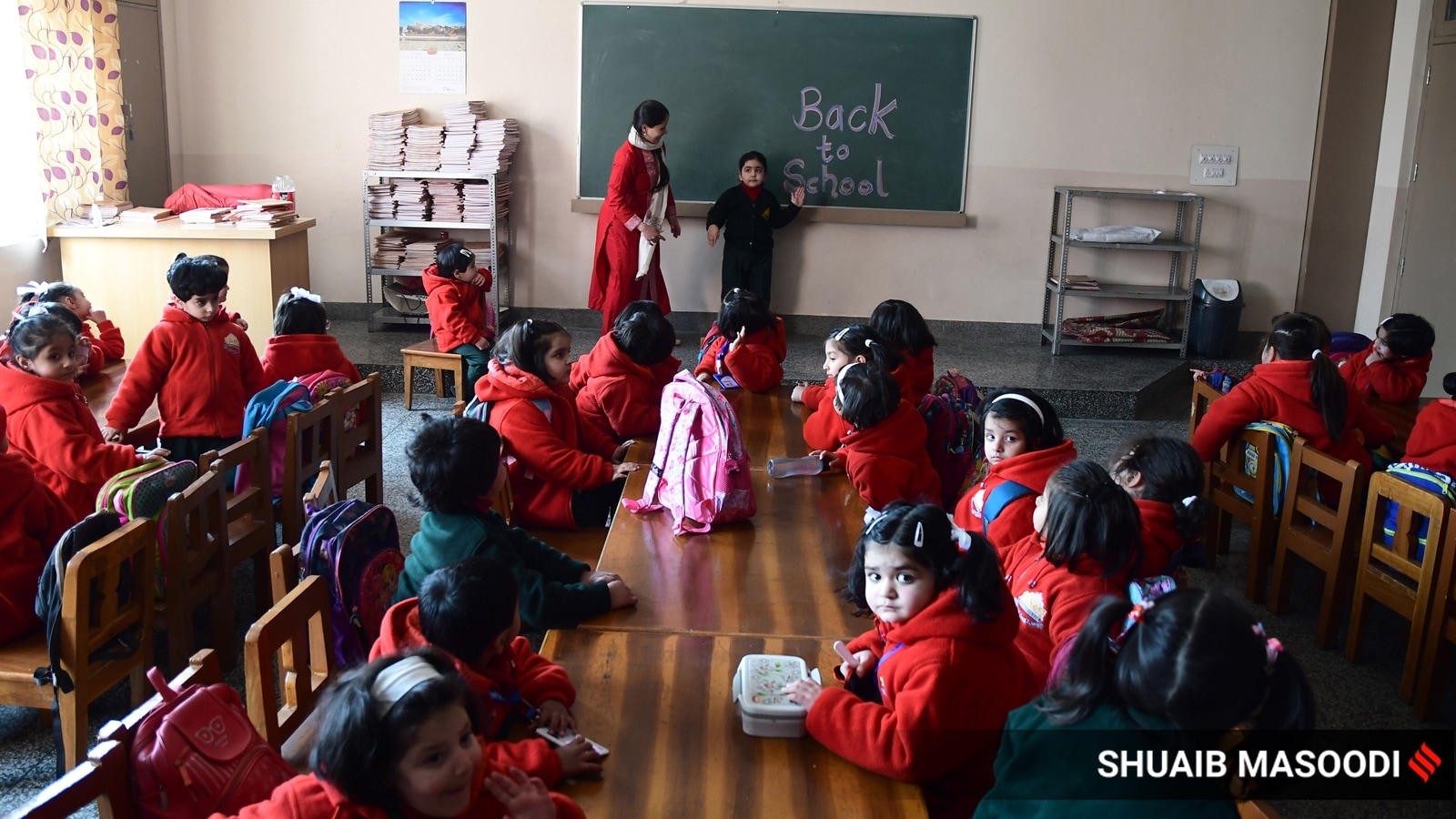

Feb 2, 2025 15:03 IST First published on: Feb 2, 2025 at 14:57 IST
Dear Readers,
Year after year, ASER reports have reminded policymakers and educationists that a sizable section of the country’s school-going population do not have basic reading and numeracy skills. The pandemic-inflicted disruption in the education system turned the clock back. The long lockdown and the shift to the digital learning mode reversed the gains in foundational learning made in the last decade. It’s immensely heartening, therefore, that the latest ASER report, released last week, not only signals a recovery, it also underlines that students are getting much more out of classrooms compared to the pre-pandemic times. In several respects, learning outcomes are at an all-time high.
It’s even more heartening that this turnaround has been spearheaded by government schools. ASER credits the NEP’s emphasis on foundational literacy for this achievement. It describes how teachers are innovating in classrooms to make students relate better to numbers, concepts and texts. Yet, as the report also shows, the task has only just begun.
Story continues below this ad
Syllabus and its limits
The National Education Policy asks teachers to expand their teaching strategies. They are tasked with fostering critical thinking and enhancing problem-solving skills in their students. But ground realities continue to limit creativity. Teachers in most parts of the country remain bound by the syllabus and they lack the autonomy in designing assessments. The country’s education system continues to be geared towards rote learning and high-stakes exams, which does not make the classroom a centre of innovation and improvisation. The primary job of teachers remains to ensure that every child is geared to answer questions asked in an examination.
Experts have long pointed out that the system does not give teachers of primary and pre-primary classes – the bedrock of the foundational learning system – their due. The primary or nursery teacher ranks low in the hierarchy of those who shape a child’s educational arc, even though she performs the critical task of inducting students into a community of knowledge in almost every field. The younger the child they teach, the lower their status and salary.
However, the ASER report showcases teachers trying to make the most of the limiting circumstances. It highlights an encouraging tendency among teachers, especially in government schools, to relate classroom learning with the lived experiences of students. However, this is not always an easy task. There is one teacher for every 27 students in Indian schools today. On paper, this is close to an ideal scenario. But the data hides regional disparities. In Bihar, for instance, there is one teacher for 60 primary school children. India has 1.2 lakh schools with just one teacher. Faced with a teaching overload – and often forced to take up administrative responsibilities — many teachers do not have the time to give personalised attention to students or develop creative pedagogies.
Story continues below this ad
A diverse classroom
India’s learning landscape is gradually embracing diversity. Education is increasingly being seen as a means of social mobility by historically deprived and marginal communities. According to the latest All India Survey on Higher Education (AISHE) data, school enrollment of SC communities went up by 44 per cent between 2015 and 2021. The figure was much higher, 66 per cent, for ST communities. The classroom today comprises students from a variety of backgrounds, with different lived experiences. Many students require individualised lesson plans.
most read
Rebooting the system to let teachers do full justice to inclusivity is, therefore, a critical imperative. Teachers today lack specialised training or resources that can help them address the individual needs of students from disadvantaged backgrounds. Often, they also lack the sensitivity to handle cultural differences. As several unfortunate incidents in recent years have underlined, teachers are not immune to prejudices.
In 2012, the Justice J S Verma Commission recommended an increase in investment for establishing teacher education institutions and setting up national bodies to design and monitor teacher education. The National Education Policy too talks of educating the educators.
The post-Covid learning recovery showcased in the ASER report is a tribute to the teachers, many of whom work under difficult circumstances. They now need hand holding. It’s now up to the policymakers to improve their working conditions, provide them with the right resources and training. Teachers hold the key to the country’s future.
Till next time,
Stay well
Kaushik


